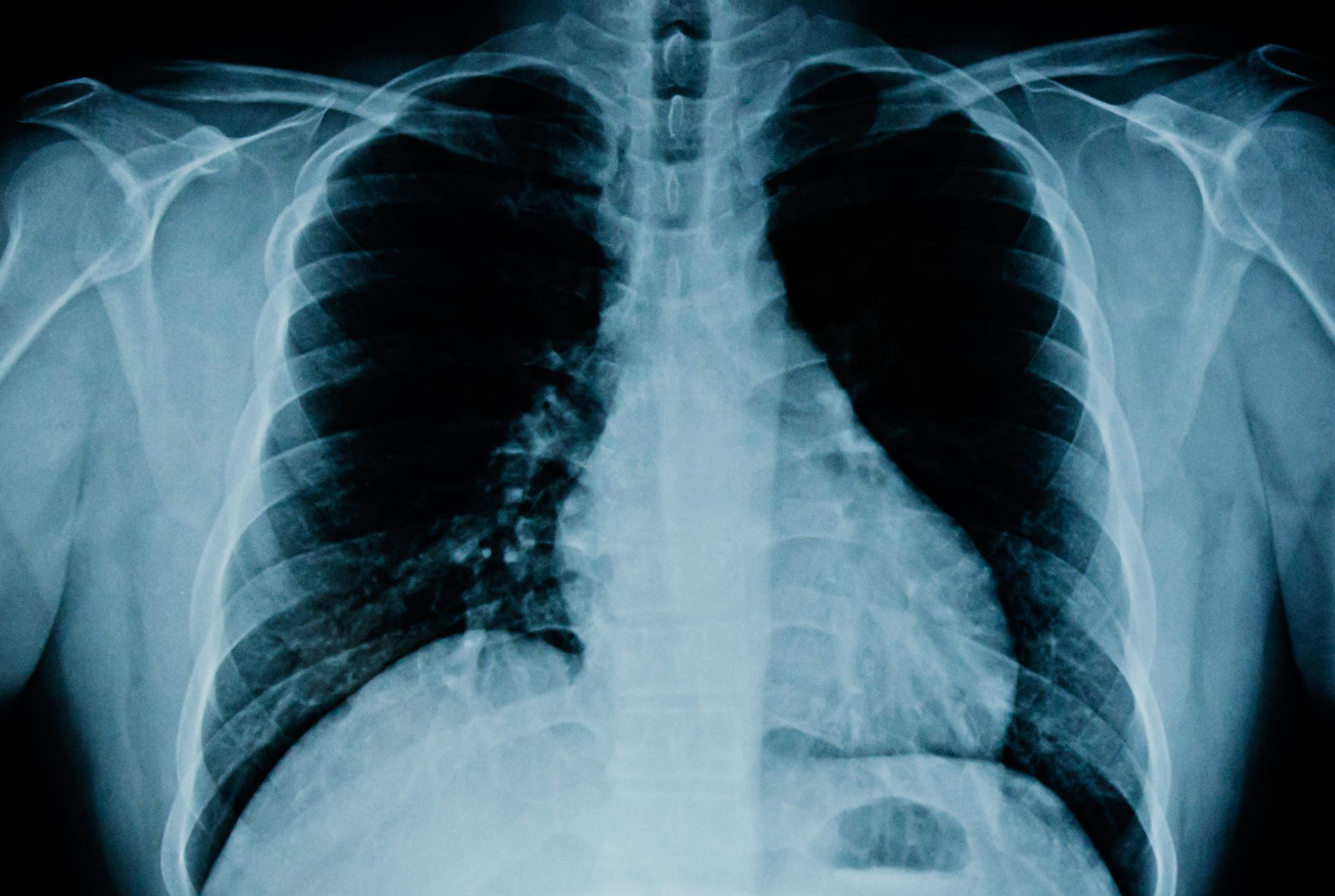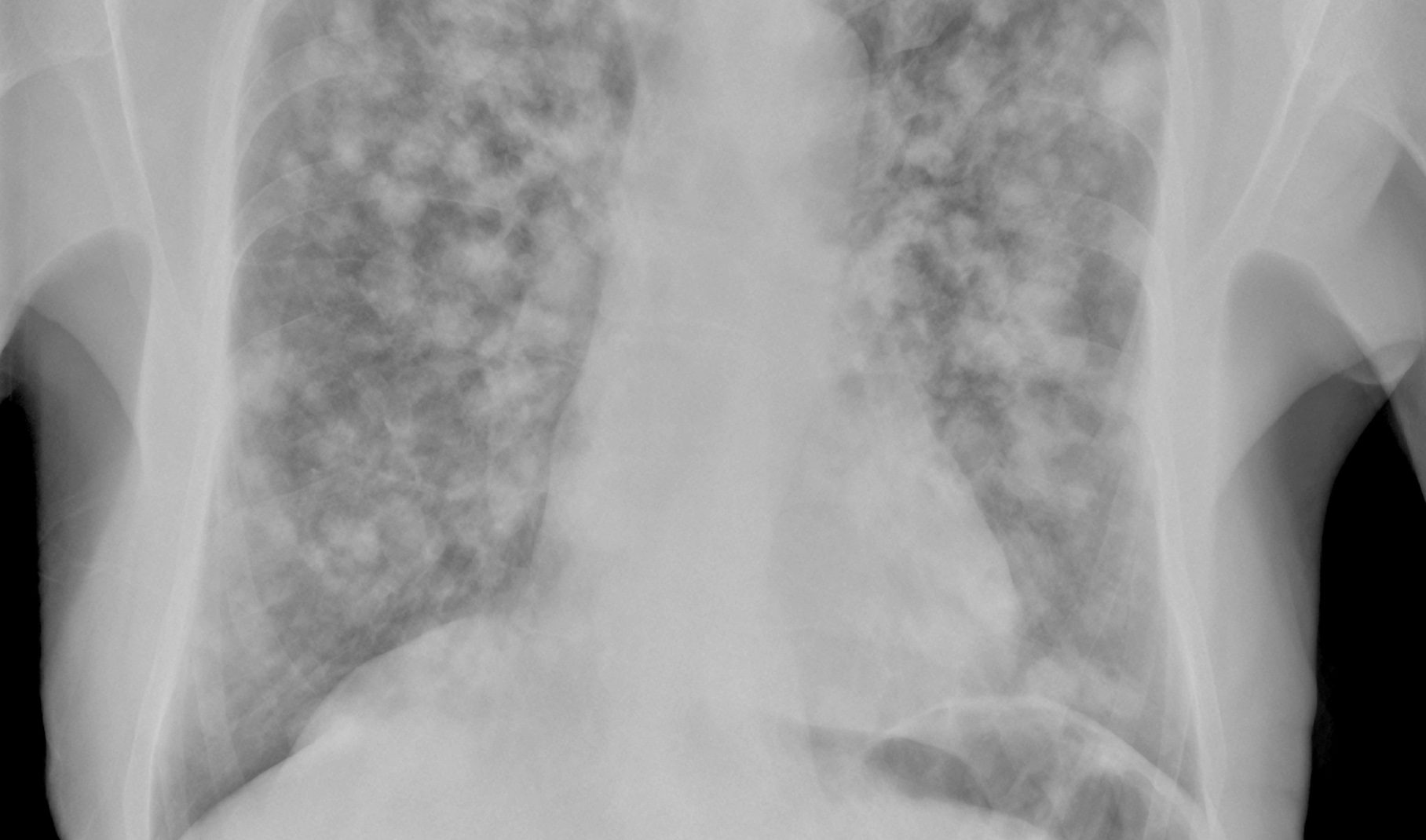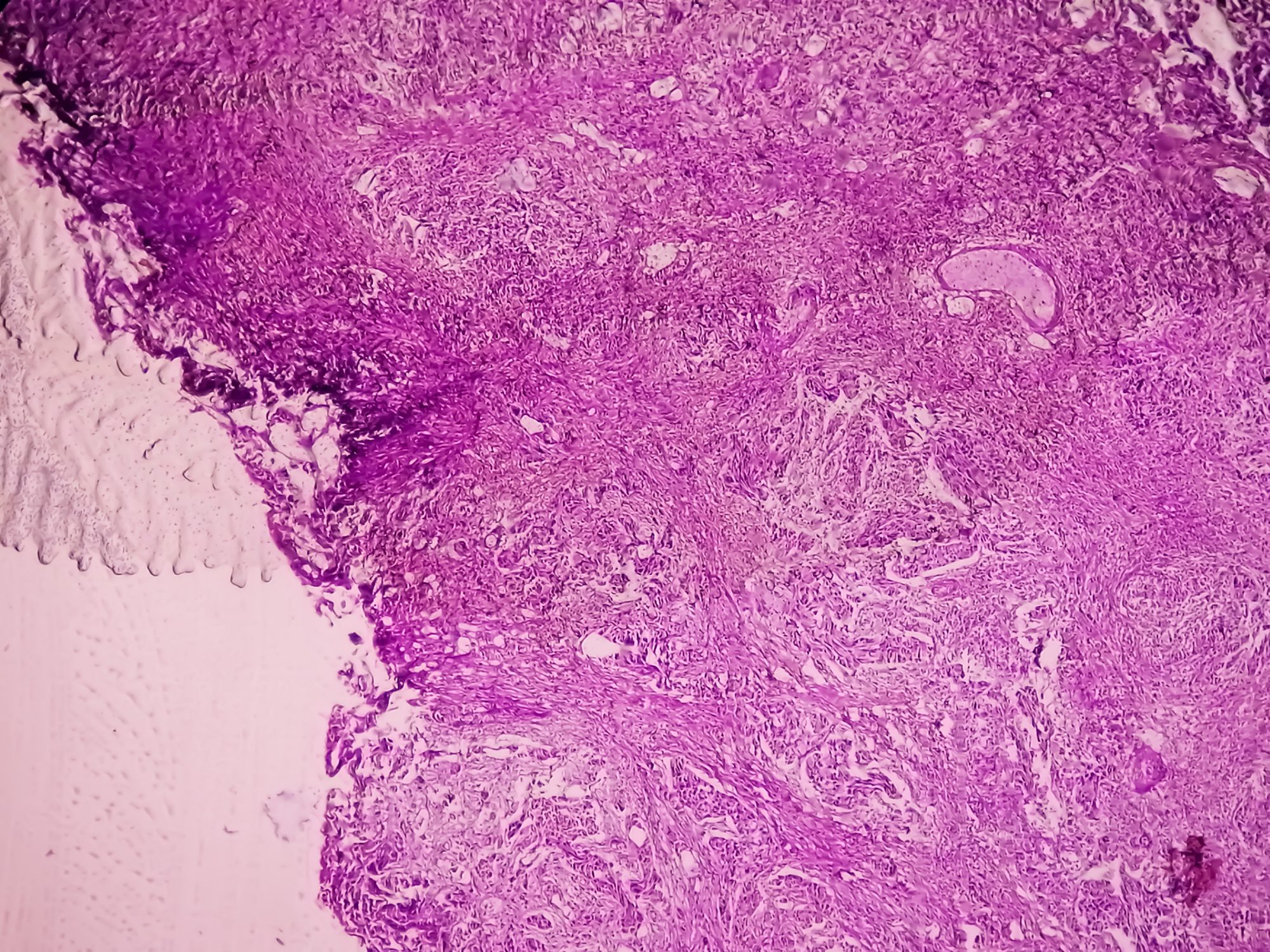An update on practice recommendations for the management of vasculitis was presented at the 2019 American Academy of Dermatology Annual Meeting. An interdisciplinary vasculitis consultation is offered at the USZ.
Close collaboration between different disciplines is required to synthesize the information from the complaints and the clinical examination findings. The most common in dermatology are the vasculitides of the small vessels and among them the various immune complex vasculitides [1].
Vasculitis consultation USZ
Cutaneous vasculitides may be limited to the skin (e.g., cutaneous polyarteritis nodosa or IgA vasculitis) or reflect systemic disease (e.g., Schönlein-Henoch purpura) and are an important diagnostic symptom. The clinical picture of the different cutaneous vasculitides is largely determined by the size of the vessels mainly affected [1].
At the Department of Rheumatology of the University Hospital Zurich, there is a special vasculitis consultation in the Section for Systemic Autoimmune Diseases (PD Dr. med. Britta Maurer) under the direction of Mike Becker, MD. For this consultation, referral is possible for an initial evaluation of suspected vasculitis as well as for a second evaluation of existing, recurrent or refractory vasculitis. A standardized examination is performed according to international guidelines and a corresponding therapy recommendation is made. If necessary, case discussions can be held in the interdisciplinary board for systemic autoimmune diseases together with specialist representatives from e.g. dermatology, angiology, nephrology, or radiology with determination of a joint therapy strategy. This can also be done interactively in a video case conference [2].
Practice recommendations AAD 2019
Assistant Professor Robert G. Micheletti, MD, University of Pennsylvania (USA), presented at the AAD 2019 Annual Meeting on current findings regarding diagnosis and therapy [3,4].
Diagnostics: Immunofluorescence is an important component in the diagnosis of vasculitides. When vasculitis is questioned, a lesion should be biopsied that is as fresh as possible, otherwise tissue-resident IgA antibody precipitates may not be detectable [5]. Even experienced clinicians should always perform a biopsy when vasculitis is a suspected diagnosis. Lesions are dynamic, so proper timing and location of a biopsy are critical. The depth and severity of inflammation may indicate systemic involvement or underlying malignancy. Eosinophilia of the tissue may indicate drug-induced vasculitis (box). An important laboratory test to exclude renal involvement is urinalysis [3,4].

When evidence of vasculitis first appears, small and large blood counts and urinalysis are required. Additional nonspecific investigations were of little further value, including ESR/CRP (often out of normal range), ANCA and SPEP (rarely out of normal range), chest X-ray/CT/angiography (rarely positive and only low sensitivity). The symptoms should be used as a criterion for further clarification (Tab. 1) .

Recommendations for investigations of recurrent lesions suggestive of vasculitis are summarized in Overview 1.

Therapy: Most cases are minimally symptomatic and self-limiting. Therefore, aggressive immunosuppression is generally not advisable, he said. Dr. Micheletti does not use prednisone in most cases (except exclusively cutaneous vasculitis). Instead, he recommends immobilization, elevation, compression stockings and topical steorides to relieve itching. Systemic therapy is indicated in severe, persistent or recurrent cases (chronic course develops in 8-10%). Currently, there is a lack of high-quality data due to a small number of randomized-controlled trials for colchicine, as well as case reports on dapsone, azathioprine, and other agents [3,4].
Special case of IgA vasculitis: depending on the severity of the renal problem, the prognosis is favorable. In one third of the cases, the duration is up to 6 months. Patients with hematuria or proteinuria should be carefully followed with regular urinalysis and blood pressure monitoring for at least 6 months. Renal involvement usually develops within one month. Prophylactic prescription of steroids is not reasonable, but steroids are indicated if renal complications develop [3,4].
Literature:
- Sunderkötter C: Vasculitis and vasculopathies. In: Braun-Falco’s Dermatology, Venereology and Allergology pp 1-44. First Online: 03 January 2018. https://link.springer.com/referenceworkentry/10.1007%2F978-3-662-49546-9_64-1, letzter Abruf 27.03.2019.
- USZ: Rheumatism News 3/2018. Expertise from the University Hospital for Rheumatology. www.rheumatologie.usz.ch/ueber-die-klinik/Documents/Rheuma_Nachrichten_Ausgabe_3_2018_RUZ_Final.pdf, last accessed 03/27/2019.
- Micheletti R: Slide presentation, Robert G. Micheletti, MD, University of Pennsylvania, AAD 2019 Annual Meeting, USA, Washington, March 13.
- InYoung K: Conference Coverage. AAD 2019 Annual Meeting: Dr. InYoung Kim’s Take-Aways. Dermatology: Expert Opinion/Conference Coverage, March 13 2019, www.practiceupdate.com/content/aad-2019-annual-meeting-dr-inyoung-kims-take-aways/80923, last accessed March 27, 2019.
- Karger: Compass Dermatology. Contents: all years. Things to know about diagnostics. www.karger.com/Journal/Blog/261191, last accessed 03/27/2019.
DERMATOLOGIE PRAXIS 2019; 29(3): 41-42











